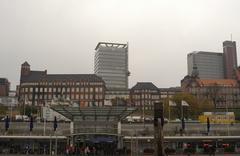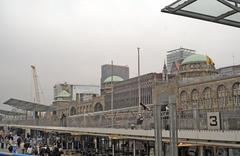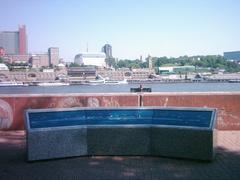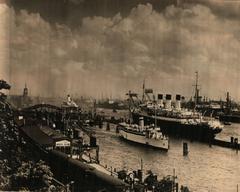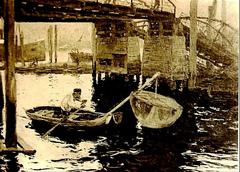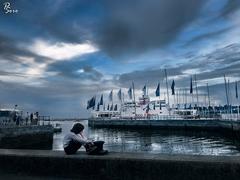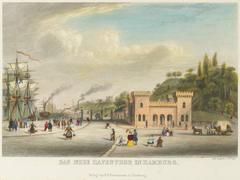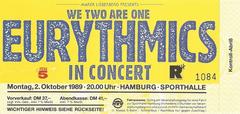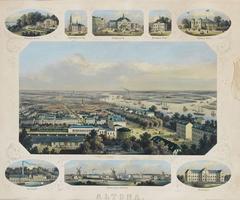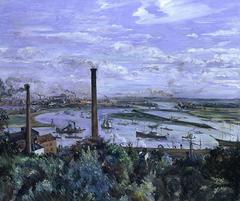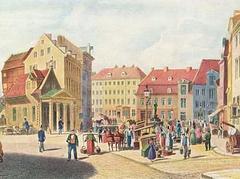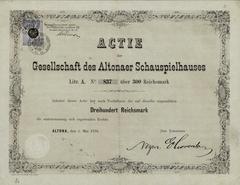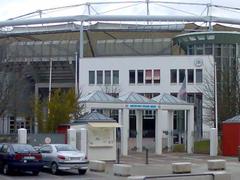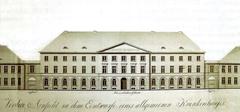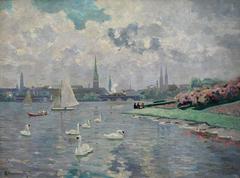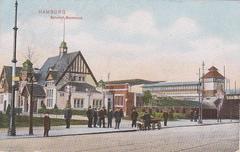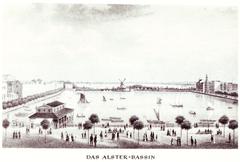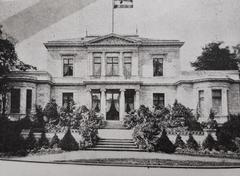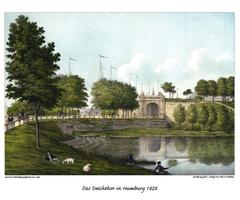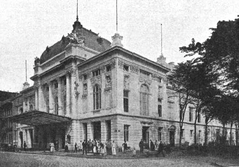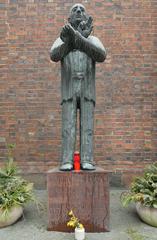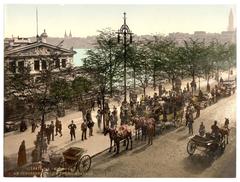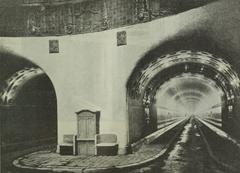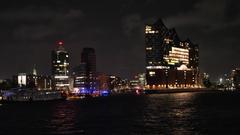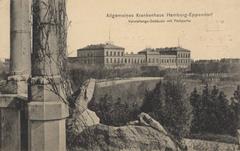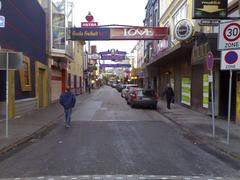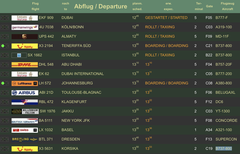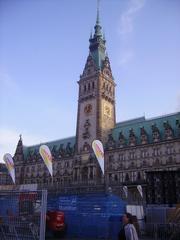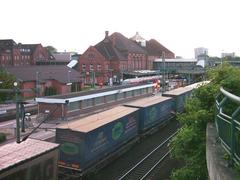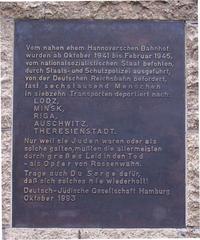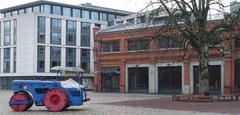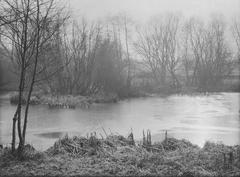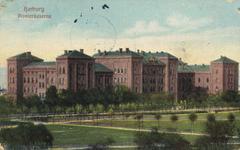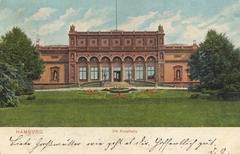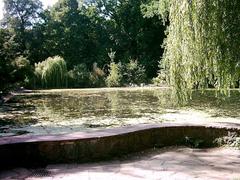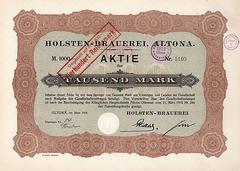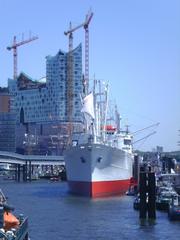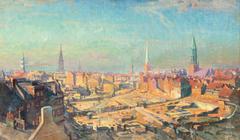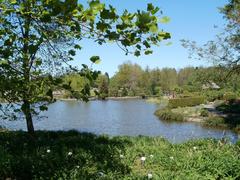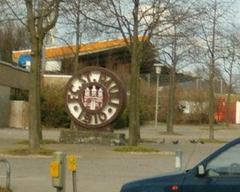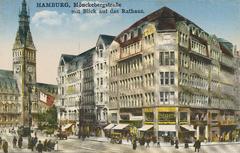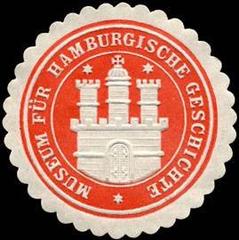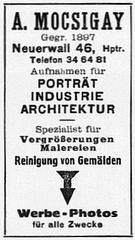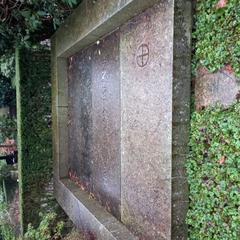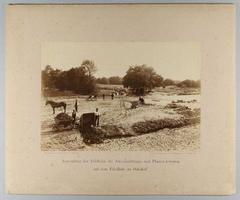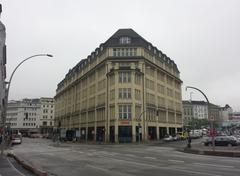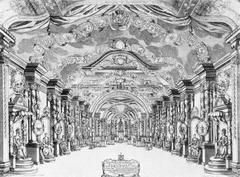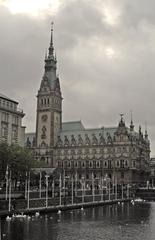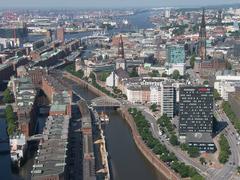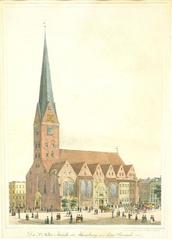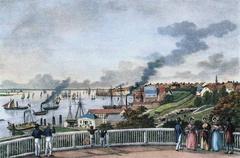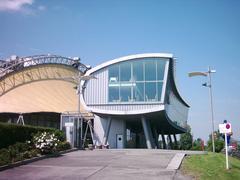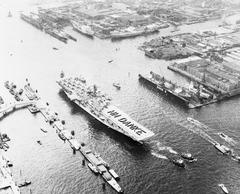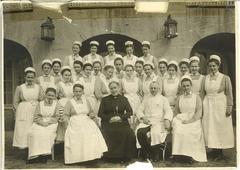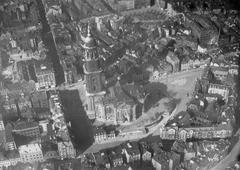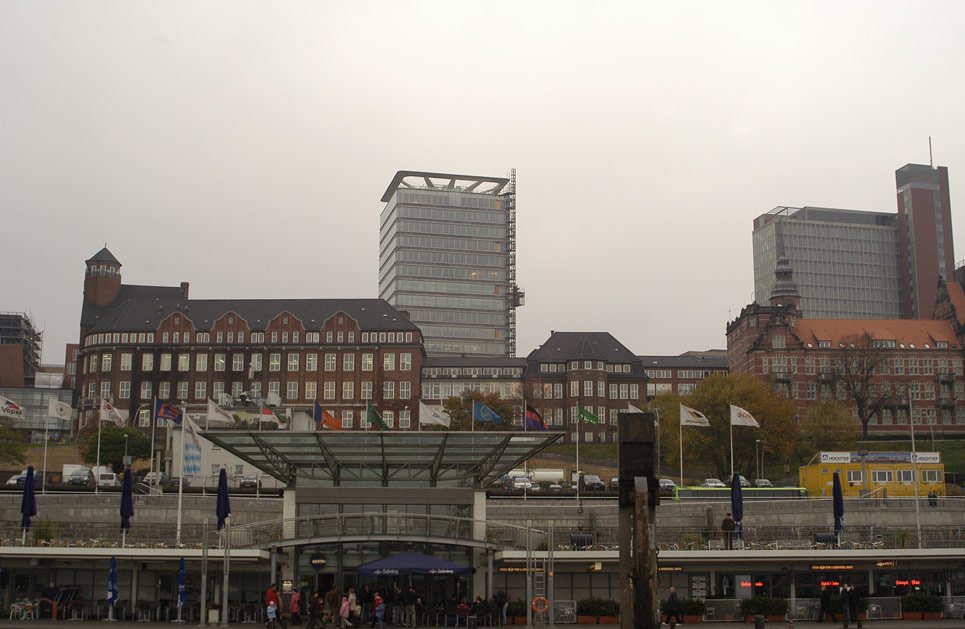
A Comprehensive Guide to Visiting Landungsbrücken, Hamburg, Germany
Published Date: 17/07/2024
Introduction to Landungsbrücken
Landungsbrücken, located at the heart of Hamburg’s port, is a vibrant and historic waterfront that offers a rich tapestry of cultural, historical, and maritime experiences. The origins of Landungsbrücken can be traced back to the 12th century, evolving from simple moorings along the Elbe River to an iconic harbor promenade featuring floating piers and grand buildings. Over the centuries, it has played a crucial role in Hamburg’s development as a major port city, reflecting the evolution of maritime trade and travel (Discover Landungsbrücken). Today, it stands as a testament to Hamburg’s resilience and its enduring connection to the sea. Visitors can explore historic ships, enjoy panoramic views, and immerse themselves in the local culture, making Landungsbrücken a must-visit destination for anyone traveling to Hamburg.
Contents Overview
- Introduction
- A Deep Dive into Landungsbrücken’s Past
- Early Beginnings - From Humble Moorings to Floating Piers
- The Age of Steam and the First Pontoon Bridge
- Expansion and Modernization - A Hub for Trade and Travel
- Wartime Challenges and Post-War Reconstruction
- Landungsbrücken Today - A Blend of History and Modernity
- Visitor Information
- Ticket Prices and Opening Hours
- How to Get There
- Travel Tips
- Nearby Attractions
- St. Michael’s Church
- Miniatur Wunderland
- Elbphilharmonie
- Accessibility
- The Significance of Landungsbrücken
- A Gateway to the World
- A Cultural Melting Pot
- A Symbol of Resilience
- FAQ
- Conclusion
A Deep Dive into Landungsbrücken’s Past
Early Beginnings - From Humble Moorings to Floating Piers
The story of Landungsbrücken begins in the 12th century with the establishment of Hamburg’s harbor. Initially, ships simply moored along the banks of the Elbe River. However, the ever-increasing maritime traffic demanded a more efficient system. This led to the construction of the first wooden landing stages in the 16th century. These early structures, known as “Schiffsbrücken” (ship bridges), were simple platforms connected to the shore, allowing passengers and goods to embark and disembark more easily.
The Age of Steam and the First Pontoon Bridge
The 19th century ushered in the era of steam navigation, bringing with it larger ships and increased passenger traffic. The old wooden piers proved inadequate for these behemoths, prompting the construction of the first pontoon bridge in 1872. This innovative structure, built on floating pontoons, could rise and fall with the tide, accommodating ships of all sizes. This marked a significant step forward in harbor infrastructure and solidified Hamburg’s position as a leading port.
Expansion and Modernization - A Hub for Trade and Travel
The turn of the 20th century saw Landungsbrücken undergo a period of rapid expansion and modernization. The pontoon bridge was extended multiple times to accommodate the ever-growing number of ships. Grand buildings, including the iconic towers flanking the entrance, were erected in the Jugendstil architectural style, lending the area a touch of grandeur. This period also saw the introduction of electric lighting and other modern amenities, transforming Landungsbrücken into a bustling hub for trade, travel, and leisure.
Wartime Challenges and Post-War Reconstruction
The Second World War brought devastation to Hamburg, and Landungsbrücken was not spared. Allied bombing raids heavily damaged the area, leaving much of its infrastructure in ruins. However, the resilient city wasted no time in rebuilding. Reconstruction efforts in the post-war years focused on functionality, prioritizing the needs of a rapidly growing port. While some of the architectural splendor of the pre-war era was lost, Landungsbrücken emerged as a symbol of Hamburg’s indomitable spirit and its commitment to maritime trade.
Landungsbrücken Today - A Blend of History and Modernity
Today, Landungsbrücken stands as a testament to Hamburg’s rich maritime heritage. The iconic pontoon bridge, though modernized over the years, still serves its original purpose, welcoming a diverse array of vessels, from traditional sailing ships to modern cruise liners. The historic buildings, many meticulously restored, now house a variety of restaurants, shops, and museums, offering visitors a glimpse into the area’s fascinating past.
Visitor Information
Ticket Prices and Opening Hours
Landungsbrücken is open to visitors year-round, with no admission fee to stroll along the promenade. However, specific attractions within the area, such as museums or boat tours, may have their own ticket prices and operating hours. It is recommended to check the official websites of these attractions for the most accurate information.
How to Get There
Landungsbrücken is easily accessible by public transportation. The Landungsbrücken station is served by the S-Bahn (S1, S2, S3) and the U-Bahn (U3) lines. Additionally, several bus routes and ferries connect to this central location, making it convenient for visitors to reach.
Travel Tips
- Best Times to Visit: The promenade is beautiful year-round, but visiting during the spring and summer months offers the best weather for outdoor activities. Early mornings and late afternoons provide a less crowded experience.
- What to Bring: Comfortable walking shoes, a camera, and weather-appropriate clothing are recommended. If planning to take a boat tour, consider bringing a light jacket as it can get breezy on the water.
Nearby Attractions
- St. Michael’s Church: A short walk from Landungsbrücken, this iconic church offers stunning views of the city from its tower.
- Miniatur Wunderland: The world’s largest model railway exhibition is a must-visit for families and model enthusiasts.
- Elbphilharmonie: Hamburg’s modern concert hall offers impressive architecture and world-class performances.
Accessibility
Landungsbrücken is generally accessible for visitors with disabilities. The promenade features paved paths and ramps, and most attractions offer accommodations for wheelchair users. It is advisable to check specific accessibility details for individual venues before visiting.
The Significance of Landungsbrücken - More Than Just a Harbor
A Gateway to the World
For centuries, Landungsbrücken has served as the point of arrival and departure for millions of emigrants seeking new lives in distant lands. The poignant Emigrant Monument, located nearby, serves as a reminder of this history and the hopes and dreams carried by those who passed through these very docks.
A Cultural Melting Pot
The constant flow of people and goods through Landungsbrücken has created a unique cultural blend. The area is a melting pot of nationalities, languages, and cuisines, reflecting Hamburg’s cosmopolitan character.
A Symbol of Resilience
Landungsbrücken’s ability to adapt and thrive through wars, economic downturns, and technological advancements speaks volumes about Hamburg’s resilience and its enduring connection to the sea.
Visiting Landungsbrücken is akin to stepping back in time while simultaneously experiencing the vibrancy of a modern metropolis. It’s a place where history whispers through the cobblestone streets and the salty air carries tales of distant shores. Whether you’re a history buff, a maritime enthusiast, or simply looking for a unique and unforgettable travel experience, Landungsbrücken is a must-see destination that embodies the heart and soul of Hamburg.
FAQ
- What are the opening hours for Landungsbrücken? Landungsbrücken is open to the public 24/7, but specific attractions within the area may have their own opening hours.
- How do I purchase tickets for attractions at Landungsbrücken? Tickets for specific attractions, such as museums or boat tours, can be purchased online through their official websites or at ticket counters on-site.
- Is Landungsbrücken accessible for people with disabilities? Yes, the promenade and most attractions are accessible for visitors with disabilities, featuring paved paths and ramps.
Conclusion
Landungsbrücken is more than just a historic harbor; it is a vibrant testament to Hamburg’s rich maritime heritage and its enduring spirit. With its blend of history, culture, and modern attractions, Landungsbrücken offers something for every visitor. Plan your visit today to experience the heart and soul of Hamburg.
Call to Action
For more travel tips and information on Hamburg’s historical sites, download the Audiala mobile app and follow us on social media for the latest updates.
References and Further Reading
- Discover Landungsbrücken - Visiting Hours, Tickets, and Historical Significance, 2024, Author (Discover Landungsbrücken)
- Discover Landungsbrücken - Visiting Hours, Tickets, and Top Attractions in Hamburg, 2024, Author (Elbphilharmonie)
